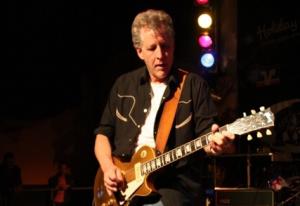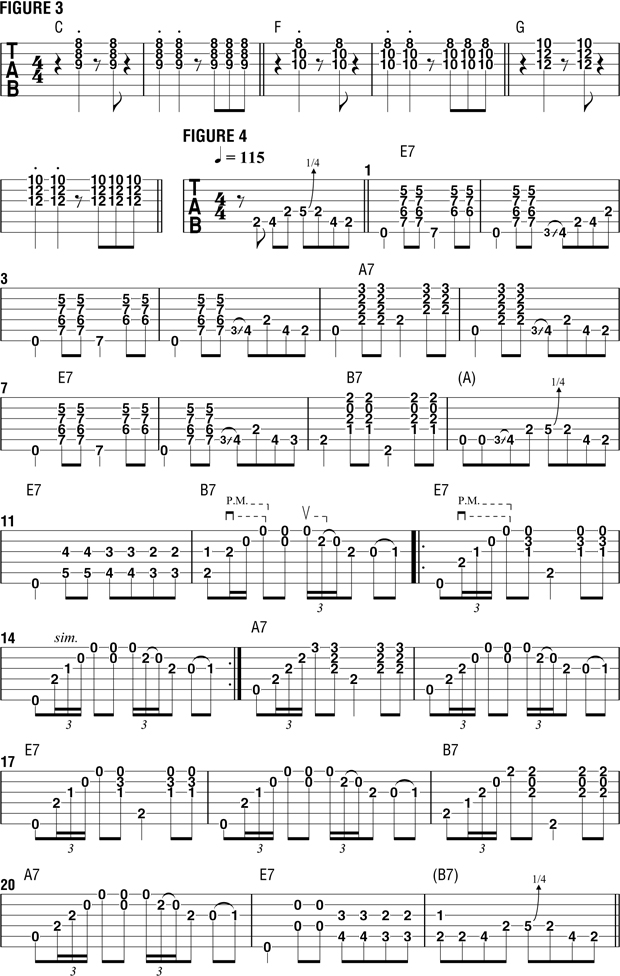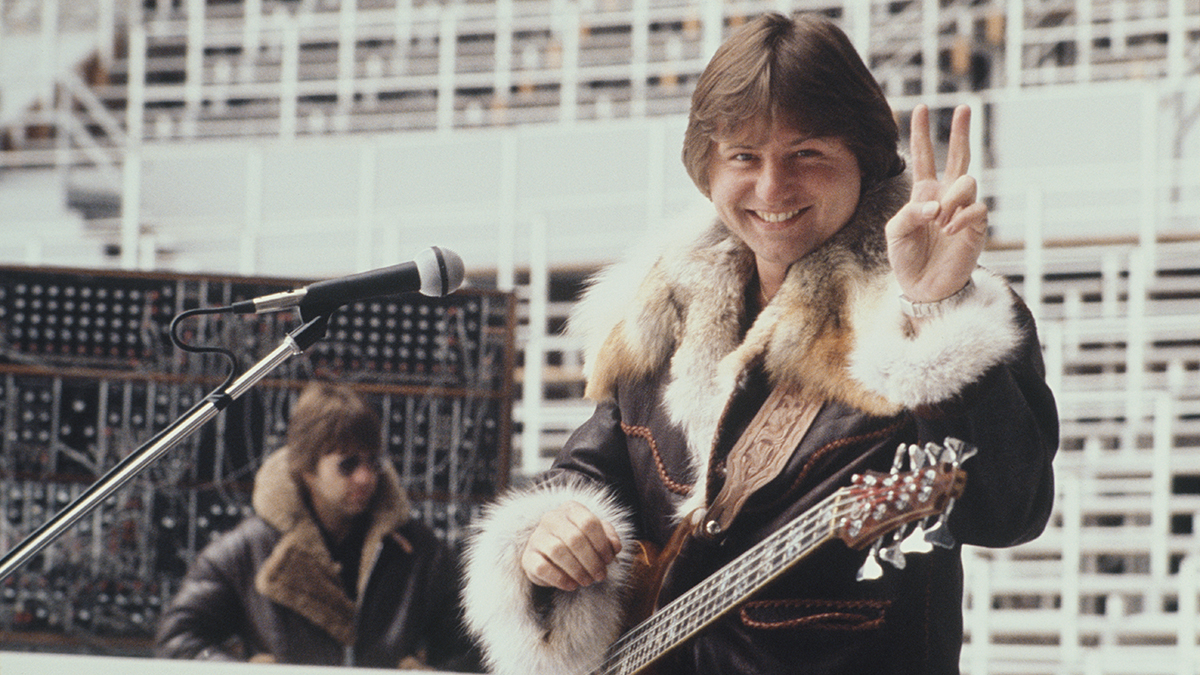Talkin' Blues: New Orleans, Part 2

Last month, we analyzed the densely layered rhythmic blend of tresillo, backbeat and triplets that powered many classic New Orleans-based R&B hits. This month, we’ll look at the city’s unique spin on one of the fundamental grooves of humanity itself: the two-beat.
Two-beat meter is essentially a musical analog for the act of walking. Identified by a bass pattern that alternates between the chord’s root and fifth, two-beat is expressed on guitar with the “boom-chick” rhythm (FIGURE 1). Common to European military marches and popular dances across the continent, like the polka, jig and tarantella, in American popular music the two-beat is most identified with traditional country, bluegrass and related styles.

However, a dip in NOLA’s—New Orleans, LA—musical gene pool has provided even the humble two-beat with some distinctive mutations. The bass pattern (“boom”) is typically doubled with eighth notes, either straight, shuffled, or in between (known as “in the crack”), and the “chicks” accented by either a single snare backbeat or two-handed second line, or parade drum, pattern, the latter an adaptation of funeral-procession drumming that is a New Orleans trademark (approximated by FIGURE 2, notated in 4/4 meter based on standard practice).
Fats Domino introduced a bouncy piano-based version of this groove on his 1955 single “All By Myself” and reprised it on later hits like “Let the Four Winds Blow,” “I’m Gonna Be a Wheel Someday” and “My Girl Josephine.” Domino’s guitarist (Walter “Papoose” Nelson played on many tracks) would often augment the street-party vibe with funky chord patterns on the high strings, as in FIGURE 3.

As R&B evolved toward the Sixties, the two-beat began to morph into laid-back grooves like those on Alvin Robinson’s “Down Home Girl,” Jessie Hill’s “Ooh Poo Pah Doo” and guitarist Earl King’s “Come On,” which Hendrix later covered in high-energy fashion. FIGURE 4 offers a sample of this funky NOLA-style two-beat. The first chorus displays Earl King–style fills, and in the second chorus the guitar approximates a piano figure in the style of NOLA musical godfather Professor Longhair.
There is not one NOLA sound but many. One of the great beauties of New Orleans R&B lies in the endless flexibility of the rhythmic ingredients. Second-line drums with tresillo bass and funk guitar? Coming right up.
Part 1
All the latest guitar news, interviews, lessons, reviews, deals and more, direct to your inbox!
Part 2
Part 3
Part 4
